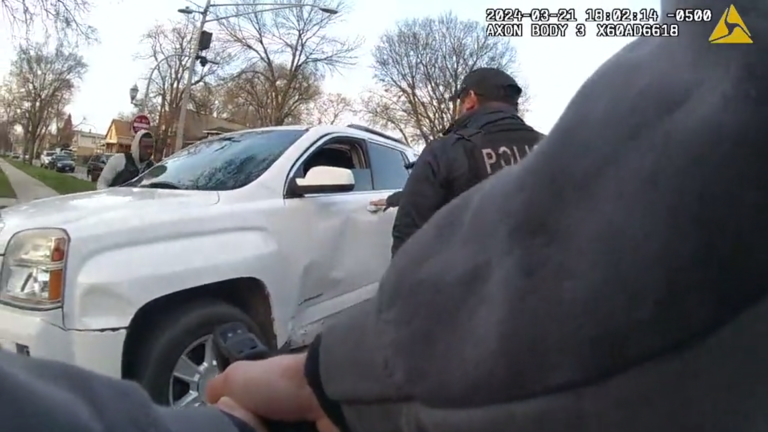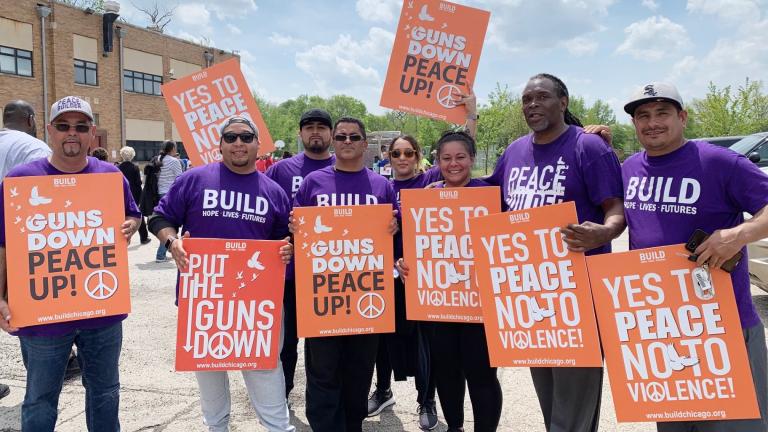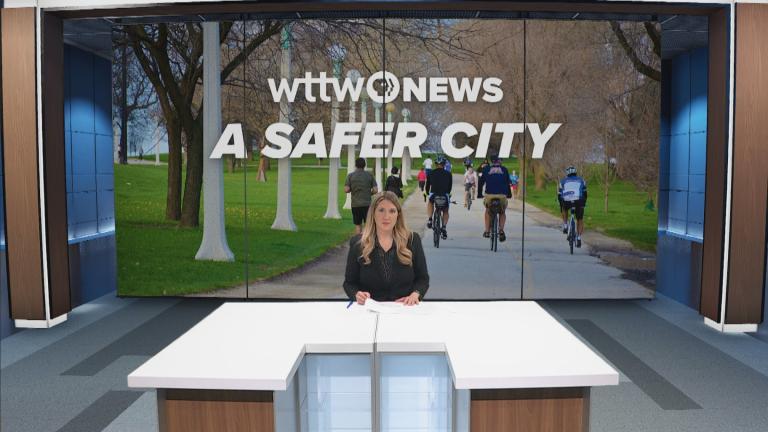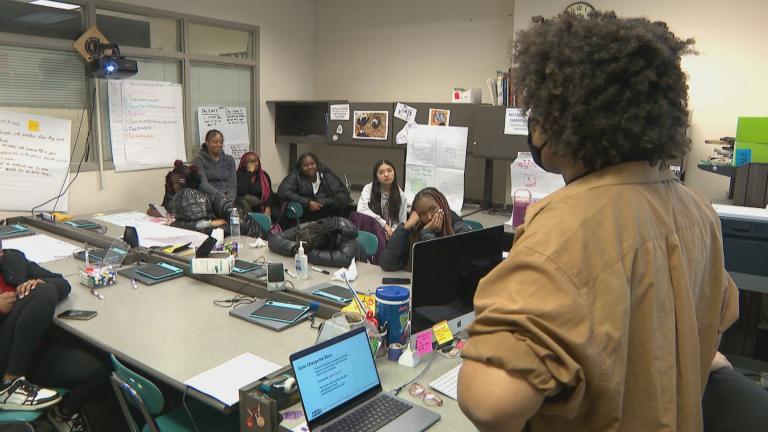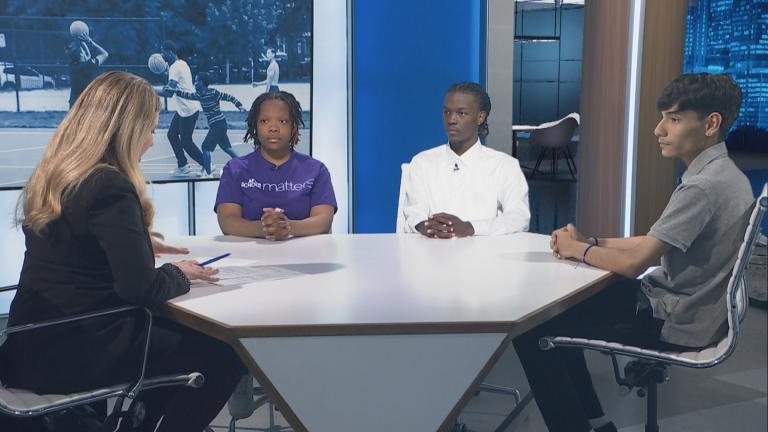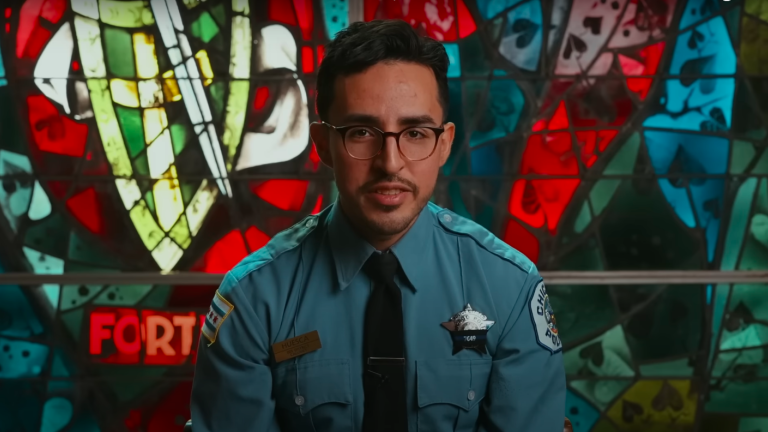
(CNN) — Dr. Edward Barksdale needed answers and he turned to Cleveland’s SWAT team, the county juvenile detention center and the local police to get them.
Barksdale, a pediatric trauma surgeon and the surgeon-in-chief at UH Rainbow Babies and Children’s Hospital/University Hospitals, wanted to know exactly what it was that was sending the same kids to his operating room — shot not just once but on more than one occasion. One boy, only 7 years old, had been shot three separate times and needed three separate operations, Barksdale said.
In fact, in one two-year period, Barksdale said, he operated on gunshot wounds in 70 kids, and 30% came back to the hospital because they’d been shot again. Most were Black boys ages 6 to 16.
Of that group, he said, another 30% would be back at the hospital in that same two-year period needing help after a suicide attempt or a major depressive episode.
“Most people see gun violence as a public safety issue. I see it as a public health issue that is basically driven by the sense of hopelessness,” Barksdale told CNN. “Primarily, these are young men who feel that there is no future.”
Recurring gun injuries afflict communities far beyond Cleveland. New research, published Monday in the Annals of Internal Medicine, explored trends in St. Louis and found young Black men to be particularly at risk.
Barksdale decided that he could no longer just operate on these children again and again; he had to do something to give them hope. So in 2019, he helped create the Antifragility Initiative Program, one of several multidisciplinary hospital-based violence intervention programs across the US. It follows up with kids and their families to provide mental health, education and other services after hospital care to try to keep them from becoming victims of violence or trauma again.
“The point is, if you can build community around people and help people see a different purpose, then they don’t put themselves in harm’s way, because they see a different future for themselves,” Barksdale said.
America’s gun epidemic claimed more than 48,000 lives in 2022, federal data shows, marking one of the deadliest years on record. And gun violence has become the leading cause of death among children and teens in the United States. But most gun injuries are not fatal, leaving thousands of victims to live with the resulting trauma.
“When you look only at the mortality data, you’re really getting just a microcosm of the full scope of the burden of disease,” said Dr. Kristen Mueller, an associate professor of emergency medicine at Washington University School of Medicine in St. Louis.
Along with the physical and emotional effects, survivors of firearm injury carry a “distressingly high” risk of being shot again, Mueller and others wrote in the new study.
About one of every 14 gunshot victims will be harmed by a firearm again within a year, according to the new research. Within five years, that risk rises to about one in eight, and it jumps to about one in six after eight years.
“That is pretty comparable to your risk of a second heart attack or a second stroke,” said Mueller, the lead author of the new study. “But these kids are young. They’re teenagers or in their early 20s, and they’re having two or more life-threatening events in a year or five years or eight years. It’s really concerning.”
The findings are based on patient records from four Level I trauma hospitals in the St. Louis area that participated in a regional hospital-based violence intervention program.
The hospitals had medical records for about 9,600 people who were treated for a firearm injury from 2010 through 2019. About 1,200 were seen for a new firearm injury over the course of that decade, including 149 who died from a subsequent gunshot.
Victims of firearm injury were most likely to be young Black men — and the disparities were even more glaring among those who had a repeat injury.
About 96% of patients with a repeat firearm injury were Black, compared with 87% of all patients with an initial firearm injury, the new study found. Patients with a repeat firearm injury also tended to be younger, with an average age of 25, compared with an average age of 29 for firearm injuries in general. More than 90% of patients with a repeat gun injury were male.
“When you talk to people who have been shot, they talk about the fear, that complete lost sense of safety,” said Dr. Kathleen O’Neill, a surgeon at Yale-New Haven Hospital. She was not involved in the new study but has published other research on the topic, including extensive interviews with gun violence survivors.
“We discharge them from the hospital really half-healed, because we don’t address all of the social and emotional aspects of having been shot. We’re sending them back to a community that they don’t perceive as safe.”
That fear may lead people to engage in more risky behavior themselves, she said. Victims might start carrying their own firearm and become more quick to solve a conflict with a gun.
In the new study, researchers found that people living in socially disadvantaged neighborhoods were more likely to receive a firearm injury and were at increased risk for a repeat injury. But they also found that those place-based vulnerabilities were closely tied to structural racism.
“Patients in this study frequently lived in communities marked by decades of disinvestment,” the researchers wrote. “Such communities in St. Louis and elsewhere that experience concentrated disadvantages that include high poverty, unemployment, and income inequality also experience higher rates of firearm violence. Prioritizing community (re)investment approaches represents an important set of strategies to reduce community violence and promote public health and safety.”
Despite growing attention on gun violence in the US, there is no comprehensive national data on nonfatal firearm injuries. The new research from St. Louis is the latest addition to a collection of smaller cohort studies that attempt to capture the broader toll that gun violence can have.
Earlier research found that there are at least two survivors for every death from gun violence. But the new study suggests that the ratio is much higher: closer to 7 to 1.
Across the disparate studies, however, there is a “very reproducible phenomenon,” O’Neill said: Those who are most at risk of interpersonal gun violence — and recurrent gun injury — have some kind of social connection to people who also engage in risky behaviors.
“But that’s a really hidden population,” she said. “It’s really hard to quantify it, and we really are handicapped in this entire epidemic, because we’ve only recently been given real funding to study it.”
Experts agree that it’s critical to continue to gain insights into those who are at risk of recurrent gun violence in order to build intervention programs that are most impactful — and to scale up appropriately.
“Firearm injuries are just like every other disease that we take care of in hospitals. They can be identified, tracked, treated and ultimately prevented,” Mueller said. “And just like chronic diseases like hypertension or diabetes, you need to be doing follow-up after you diagnose it.”
Barksdale’s intervention program in Cleveland is one example of hope. Since its inception, the program has cared for 421 children who had been shot or had come to the hospital for some other trauma-related injury. Less than 10 have been shot again.
A key to the success of the program, Barksdale believes, is that workers from the hospital reach out within 48 hours of the children’s discharge.
“It’s critical that we call within 48 hours, because it’s in that time when the toughest of [kids] is listening to his mother or is finally seeing the light, and they’re open for us to intervene and present options that will keep them from dying or going to prison,” he said.
Within a month, someone from the hospital goes to the child’s home to get a sense of their environment and what they may need. They offer trauma-focused cognitive behavioral therapy, and they will address other issues that can leave children vulnerable, such as housing, clothing, food, tutoring and basic medical care.
They also try to get a sense of the child’s identity.
“We want to understand if they have a sense of purpose, any goals or direction, and we want to help restore that if it is missing,” Barksdale said.
Hospital-based violence intervention programs restore a person’s sense of identity, help their self-esteem and give them a sense of agency, he said.
“We want to move them from hurt to heal to hope to whole,” Barksdale said.
The-CNN-Wire™ & © 2023 Cable News Network, Inc., a Warner Bros. Discovery Company. All rights reserved.

